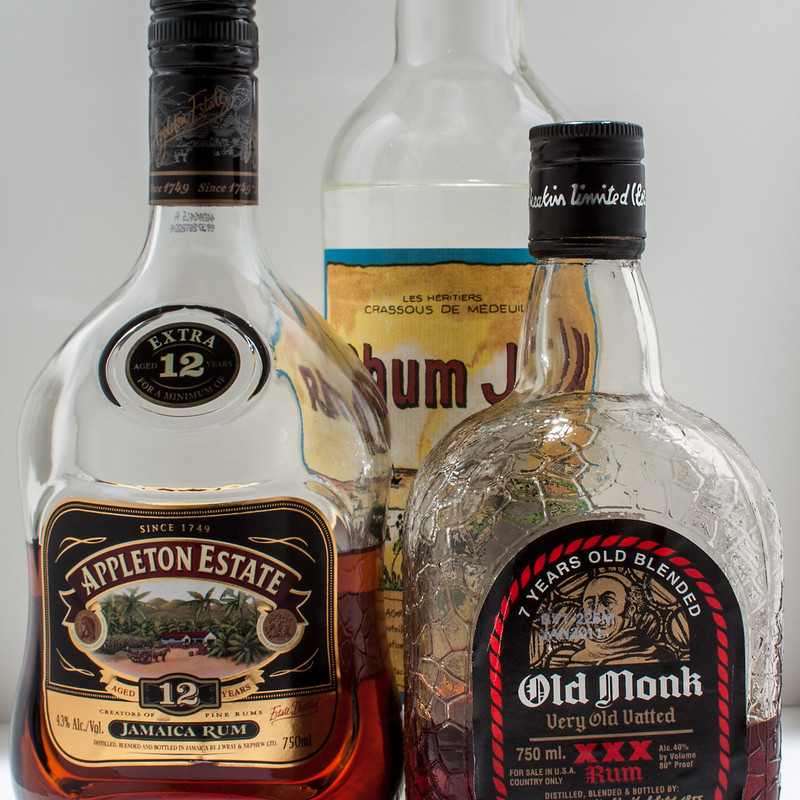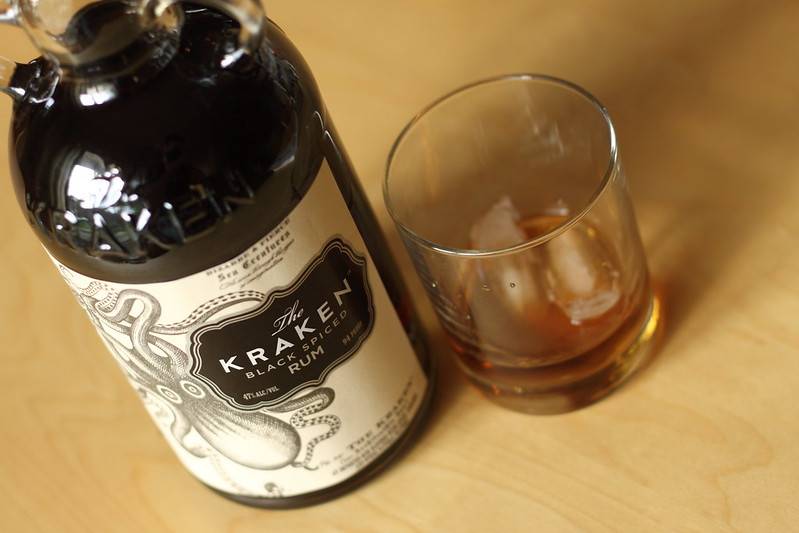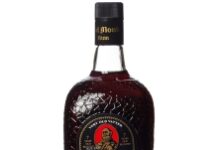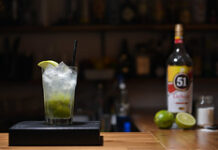Thank the Sugar Cane for Rum
Thank the sugar cane for giving us Rum. Hundreds of years ago, this simple plant brought about a sugar craze in Europe. In order to make this sweet commodity widely available colonies were established around the Caribbean islands to grow sugarcane. Sugar production eventually created plenty of molasses as a byproduct.
This thick, sticky & sweet substance had no takers initially & was chucked as waste. This was only until discovered that molasses can also be fermented & distilled. The resulting alcohol soon became popular with sailors, pirates & the founders of America.
Rum & the Infamous Slave Trade
Rum went on to become a key element in the infamous “slavery triangle”. Brits started shipping molasses to New England where it was eventually transformed to Rum. Money generated through the sale of Rum was subsequently used to purchase slaves in West Africa. These slaves were invariably transported to man sugar cane plantations in South America & the Caribbean.
Rum Producing Regions
Although Rum is now produced & consumed throughout the world, Caribbean & the Latin Americas account for a majority of global production. Rum is also produced in many other countries like India, Canada, United States, Thailand, Japan, Taiwan, South Africa, Austria, Mexico & Spain. Most of the sugar cane producing island nations like Australia, New Zealand, Fiji, Philippines, Mauritius, Reunion Island & Hawaii also make a variety of Rums.
Rum Culture of the West Indies
Rum plays an active cultural part in most islands of West Indies, the Maritimes & Newfoundland. This alcoholic beverage is historically famous for its association with Royal Navy where it was mingled with beer or water to make ‘grog’. Similarly, with the pirates another such mix was consumed as ‘bumbo’. It has served as an economic exchange in past to fund enterprises like the ‘slavery triangular trade’. Rum has in history also played active roles in organized crimes & military insurgencies such as the Australian Rum Rebellion & the American Revolution.

Typical Varieties of Rum
Grading & listing varieties of Rums is a difficult task. It largely depends upon the location where it was eventually produced. Despite the difficulty a variety of Rum types can be described as below.
Dark Rum
Particularly known by the color they display, Dark Rum is brown, black or red Rum, generally classified a shade darker than golden Rums. Aged much longer in heavily charred barrels, Dark Rums are usually made from caramelized molasses or sugar. These are also much stronger than light or golden Rums alongside a hint of spices which can be easily detected.
With a strong molasses or caramel overtone Dark Rums are most commonly used in cooking. These varieties of Rum mostly come from regions of Haiti, Jamaica & Martinique.
Golden Rum
Also known as “Amber Rum”, Dark Rums are medium-bodied & normally aged. Gaining a darker shade of color mostly from charred white oak barrels they display stronger flavor & taste than Light Rum. These are generally considered midway between the light & darker varieties of Rum.
Light Rum
Also known as “Silver” or “White” Rums, Light Rums display very little flavor as such. Though Light Rums are a bit sweeter to taste, they are often filtered after aging to remove unwanted color. Cachaca is a favorite Brazilian Light Rum, but other varieties coming from this sugar cane rich country are more akin to Golden Rums. With milder flavors making them favorable for use in mixed drinks, most Light Rums come from Puerto Rico.
Consuming Rum
Produced in a variety of gradations, Light Rums are most commonly used in cocktails. Golden & Light Rums are often consumed neat or straight or convincingly used for cooking purposes. Another exclusive variation is the Premium Rum which is generally consumed straight or iced.










